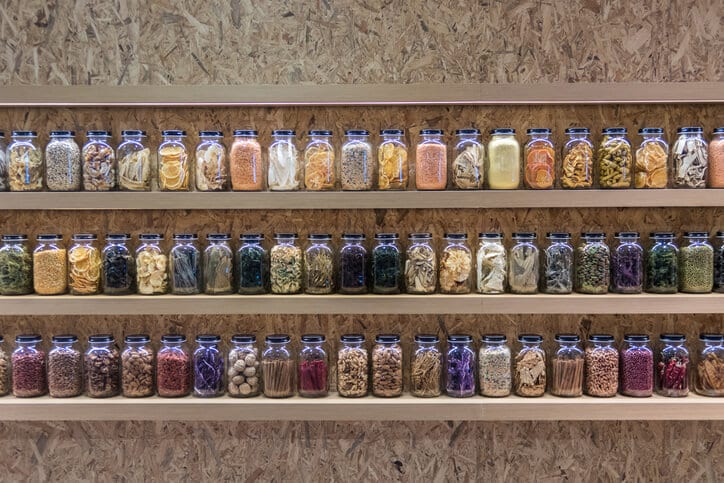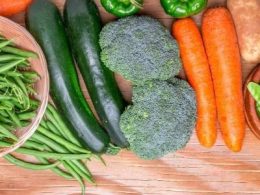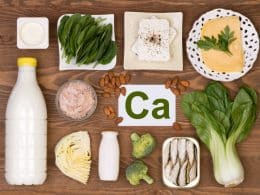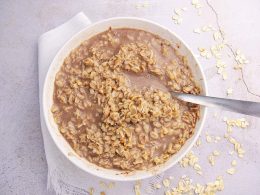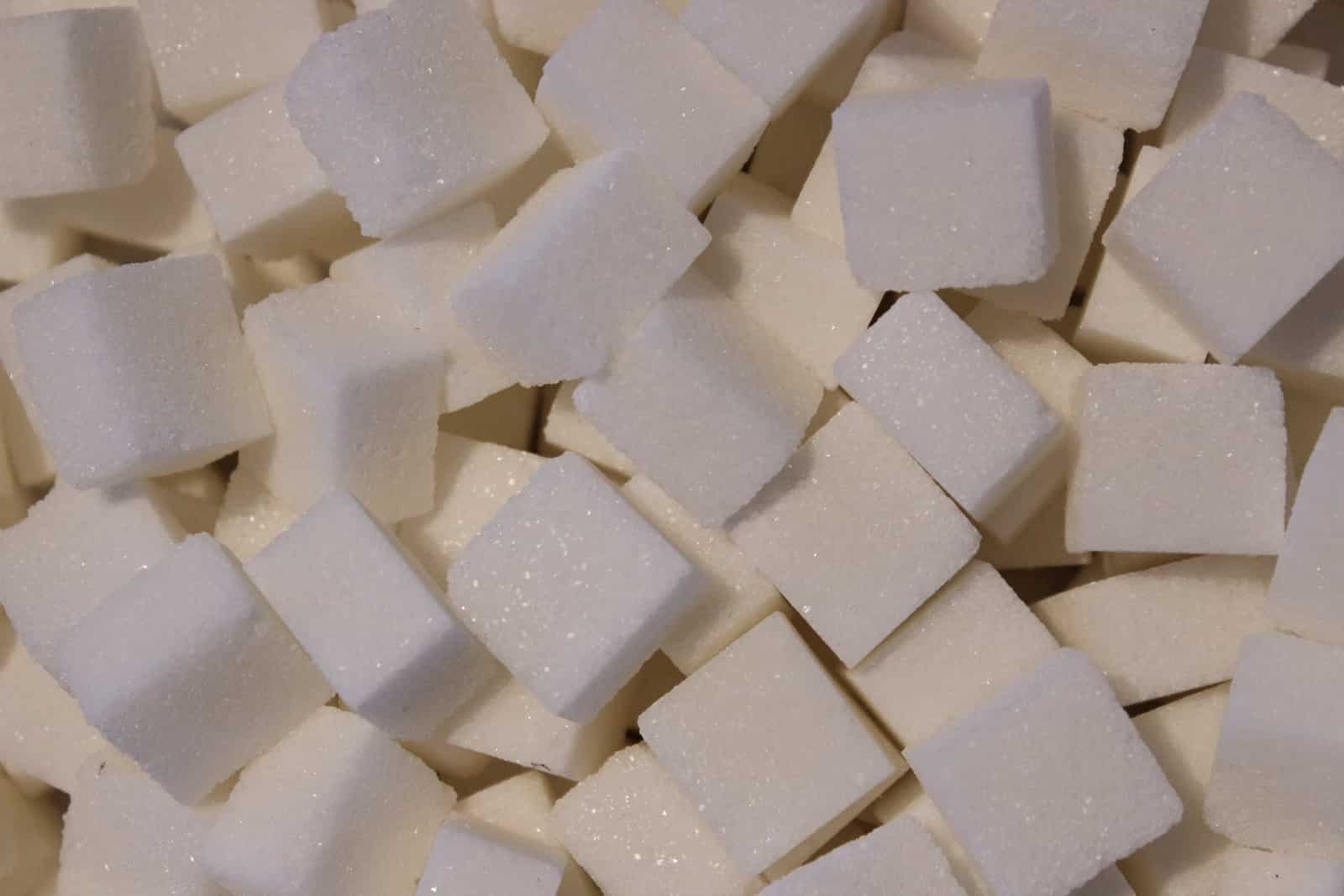When it comes to eating both clean and healthy, people often praise spices because they help you reduce excess fat and salt as they add flavour to your food.
However, it has been reported recently that some of our beloved spices can lead to a variety of health challenges through led exposure. The recent study that talks about these findings were published in the Journal of Public Health Management and Practice.
The publication examined cases of lead poisoning that are related to spices purchased abroad and also shed a few tips on how to see to it that your spices are safe for consumption.
An investigation into consumer products about lead exposure was carried out by Paromita Hore, PhD, MPH, and some colleagues from the New York City Department of Health and Mental Hygiene. More than 3000 products were tested between 2008 and 2017.
It was discovered during the research that spices imported from overseas were at a higher risk of leading to led exposure. The items that were tested were part of local store survey and lead poisoning cases.
Spices were only tested recently, with as much as 1,500 samples from 41 countries studied. In more than half of the spices that were sampled, the researcher detected lead.
Above 30% of the spices sampled had a concentration of lead that was higher than two parts per million (ppm), which happens to be the allowable limit for lead in some specific food additives.
Spices that were purchased overseas were discovered to have higher lead content levels when compared to the spices that were purchased within the United States.
When turmeric and Georgian kharcho suneli are purchased domestically in New York City, they often have lead concentrations below 2 ppm. However, when these same spices are purchased overseas, their average concentration may exceed 50 ppm.
The spices with the highest concentration of lead were those purchased from Pakistan, Georgia, Nepal, Morocco, and Bangladesh.
Another thing that was discovered is that most of the spices were sealed in containers that were unmarked and had no information on the brand name.
The kviteli kvavili, or yellow flower that are popular Georgian spices contained the highest level of lead. Some other examples of spices that were contaminated included hot pepper, paprika, turmeric, and chilli powder that were purchased abroad.
It was also pointed out by the authors that medical providers and public health professionals must be aware that spices might be a major risk factor of lead exposure and the entire population could be at risk.
Get the lead out
The issue of people getting a lead exposure via the use of spices is not a new thing. In the past, several studies were conducted about contamination.
The United States Food and Drug Administration (FDA) had issued a vital alert back in may this year where they stated that ports might have to detain shipments from some specific importers. Turmeric shipped from Bangladesh and India was specifically targeted.
A public health epidemiologist who is based in North Carolina called Kim Gaetz said “Based on what the data has shown us so far, buying spices in the U.S. instead of buying them online or when you travel overseas seems to be a good way to protect yourself.
This is because the spices that are imported legally into the United States at least have the chance of going through some heavy metal screening upon import.”
Gartz added that “Almost all spices are imported, but the lead levels seem to be highest in those that were actually purchased outside of the U.S.”
Spice contamination is a global problem
The authors of the said study have said that it is important that people realize that the contamination of spices is not just a U.S issue but a global problem.
The authors said in a statement that “Overall, a solely localised or national approach to address spice contamination will not be adequate, as the problem is global.”
At present, an excess level of lead has not been noted in the united state’s spice industry. This includes major brands and also those who do business with major food industries.
The executive director of the American Spice Trade Association (ASTA), Laura Shumow said that case studies had discovered elevated levels of lead in families who had their spices imported spices from countries including Pakistan, the Republic of Georgia, and India.
Are there safe spices?
A lot of people are sure to panic after reading this, but Shumow says there is no reason to be worried.
Shumow said “Consumers are supposed to feel confident in the quality of their spices if they are buying spices represented by major brands that are sold at reputable retailers. Major brands source spices from all over the world and have appropriate systems in place that helps to ensure the safety and quality of their product.”
Despite this new development, it is not enough reason for you to ditch the spices you love. In fact, The Plant-Powered Dietitian, Sharon Palmer “You can also grow a lot of herbs yourself and purchase them locally.”
As for the issue of lead, you should only be worried about the ones that are imported. You can get the ones that are locally grown and use them to add your favourite flavours to the meals you love.
If you cook with some of the spices that can quickly get lead contamination like paprika, chilli, and turmeric, you must ensure that the blood lead levels of your kids are checked annually especially if your children are younger than six years of age.
If you are also giving any herbal medicine to your child, make sure to discuss it with your paediatrician. It is also best to purchase spices and medicine within your country as you cannot totally trust those purchased overseas or online.



